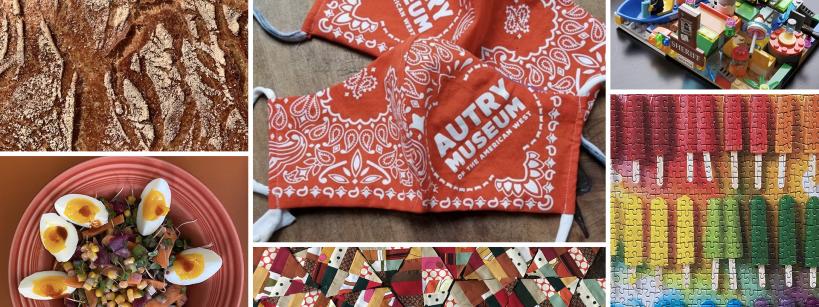Focus: A preservation initiative to assist communities across the American West on saving and protecting objects of meaning.
By: Tyree Boyd-Pates, Associate Curator of Western History
The Autry Museum of the American West is helping communities across the West identify and preserve items of historical and cultural significance during the COVID-19 pandemic.
Starting April 27, the Autry is launching its Collecting Community History: A Regional Collections Initiative of Exploration and Preservation. It is the first in a series of efforts to support communities in the West collect, catalogue, and preserve moments of history—past and present.
History is being made NOW. COVID-19 has altered our daily lives in ways that are profound and will shape our behavior, communities, and society for generations to come. Despite being physically apart, communities persist and flourish through creative forms of sharing, from the sharing of oral histories online to family recipes and the creation of masks that both keep us safe while speaking to our individuality, communities, and culture.
At the Autry, we look at history as ever-present and want to work beside you in preserving this moment. We invite you to share an aspect of your creative practices and ways of staying connected during this time, such as journal entries, recipes, and pictures of face masks during this quarantine. We will be highlighting some of these different objects, images, and experiences on our blog, The Autry Files.
Please donate your personal experiences and resources to the Collecting Community History Initiative (CCHI) to help preserve our community's history. Thank you for your support.
For questions, e-mail communications@theautry.org.
